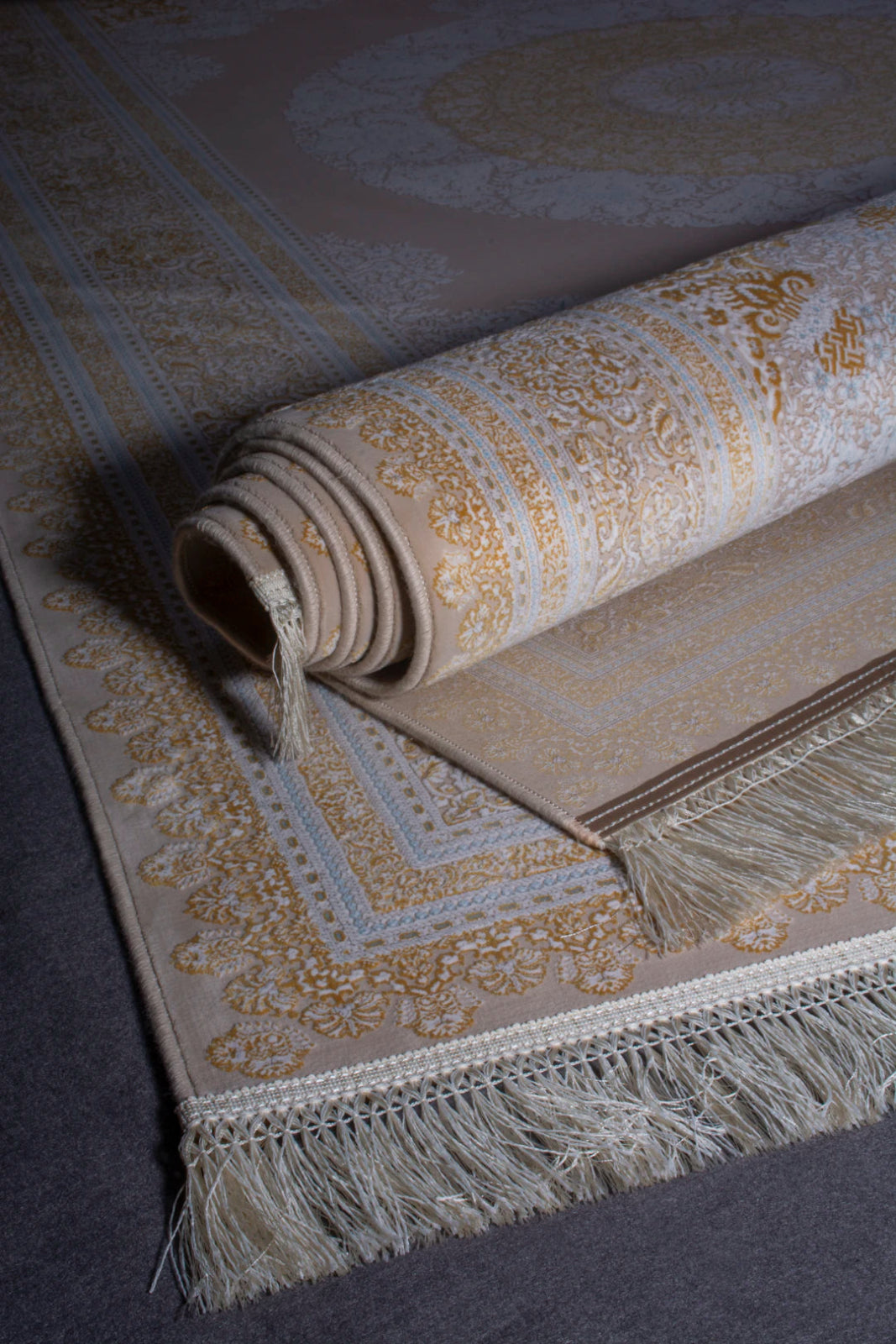Frequently Asked Questions
1. What are the common types of stains found on carpets and upholstery?
2. What tools and materials are needed for effective stain removal?
3. What is the best immediate action to take when a stain occurs?
4. What DIY solutions can be used for stain removal?
5. When should you consider professional cleaning services for stains?
Stains on carpets and upholstery can be a homeowner’s worst nightmare. Whether it’s an accidental spill or a pet mishap, knowing how to efficiently remove these blemishes is essential for maintaining a clean and presentable home. In this guide, we'll explore effective methods and tips for getting those stubborn stains out without causing damage to your precious fabrics. From DIY solutions to expert techniques, you’ll learn everything you need to handle any stain with confidence.
Understanding Different Types of Stains
Before diving into stain removal techniques, it's vital to understand that not all stains are created equal. Here’s a basic overview of the common types:
Water Soluble Stains
These are stains that can easily be removed with water. Common culprits include:
- Fruit juice
- Soft drinks
- Tea and coffee
Oil-Based Stains
These stains can be trickier as they repel water. Examples of oil-based stains include:
- Grease
- Butter
- Makeup products
Protein-Based Stains
These stains are caused by bodily fluids or food. They require special attention for removal. Common protein-based stains include:
- Blood
- Eggs
- Dairy products
Tannins
Tannins are found in some foods and drinks. They can leave behind visible stains. Examples include:
- Red wine
- Tea
- Some fruits like berries
Preparation: Tools and Materials
To effectively remove stains, equip yourself with the right tools. Here's what you'll need:
- Clean, white cloths or towels for blotting
- Spray bottles for applying solutions
- A soft-bristled brush or toothbrush
- A vacuum cleaner for initial cleaning
General Stain Removal Steps
Regardless of the type of stain, there are some universal steps you should follow:
Act Quickly
The sooner you address a stain, the more likely you are to remove it completely. Blot, don’t rub, to absorb the stain without spreading it.
Test Your Cleaning Solution
Before applying any cleaning solution, do a patch test on an inconspicuous area of your carpet or upholstery. This will help ensure it doesn’t cause discoloration or damage.
Blotting Technique
Use a clean, white cloth or towel to blot the stain gently. Start from the outside and work your way inwards to prevent spreading the stain further.
Applying Your Cleaning Solution
After blotting, apply your cleaning solution using a spray bottle or by dabbing with a cloth. Follow the solution’s instructions carefully.
Rinsing the Area
After treating the stain, it’s crucial to rinse the area with clean water. Use a cloth to dab up excess moisture, and then allow the area to air dry.
DIY Stain Removal Solutions
Handling stains doesn’t always require special products. Here's a selection of DIY mixtures you can whip up at home:
Vinegar and Water Solution
This natural solution works wonders on water-soluble stains. Mix one part white vinegar with two parts water. Apply to the stain and blot until lifted.
Baking Soda Paste
Baking soda is excellent for absorbing odors and lifting tough stains. Create a paste by mixing baking soda with a little water. Apply to the stain and let it sit for about 15 minutes before blotting.
Dish Soap and Water
Mix a few drops of dish soap with warm water for a powerful stain remover. Use a cloth to apply the mixture on oil-based stains, as it can break down grease effectively.
Stain-Specific Techniques
Now that you are armed with general knowledge, let’s focus on specific stain types and their removal techniques:
How to Remove Red Wine Stains
Red wine stains can be particularly daunting, but you can tackle them using these methods:
- Blot the stain immediately with cold water to dilute the wine.
- Sprinkle salt on the stain to absorb the wine.
- Apply a mixture of hydrogen peroxide and dish soap (equal parts) for a deeper clean.
How to Tackle Blood Stains
Blood stains should be treated quickly. Here’s how:
- Use cold water to rinse the stain - hot water will set the blood.
- Apply a paste of baking soda and water.
- Blot with a solution of hydrogen peroxide for persistent stains.
Food and Grease Stains Remedies
For stubborn food and grease stains, try these solutions:
- Blot excess food without rubbing.
- Use dish soap diluted in water for treating grease.
- Consider applying cornstarch to the area for deeper grease absorption.
Professional Cleaning: When to Call in the Experts
Sometimes, DIY methods may not yield the desired results. If you encounter a particularly stubborn stain or if the fabric is delicate or valuable, it might be best to seek professional help. Here are signs that it may be time to call in the experts:
- The stain has been set for an extended period.
- You are unsure of the cleaning method for delicate fabrics.
- Multiple stain removal attempts have failed.
Maintenance Tips for Carpet and Upholstery
Keeping your carpets and upholstery clean goes beyond stain removal. Proper maintenance can help prevent stains from occurring in the first place. Here are some tips:
- Regularly vacuum carpets and upholstery to remove dirt and debris.
- Use stain-resistant treatments for high traffic areas.
- Place rugs or mats in areas prone to spills.
Embrace a Stain-Free Future!
Armed with the right knowledge and techniques, you can keep your carpets and upholstery looking fresh and clean. Remember, prompt treatment is key, and having a few DIY cleaning recipes on hand can save you time and money. Whether you’re facing a wine spill at a party or muddy paw prints from your beloved pet, you now have the tools to combat those stains effectively. Happy cleaning!


Share:
Essential Cleaning Tips for Allergy Sufferers
Mastering Your Kitchen: Tips for a Sparkling Clean Space